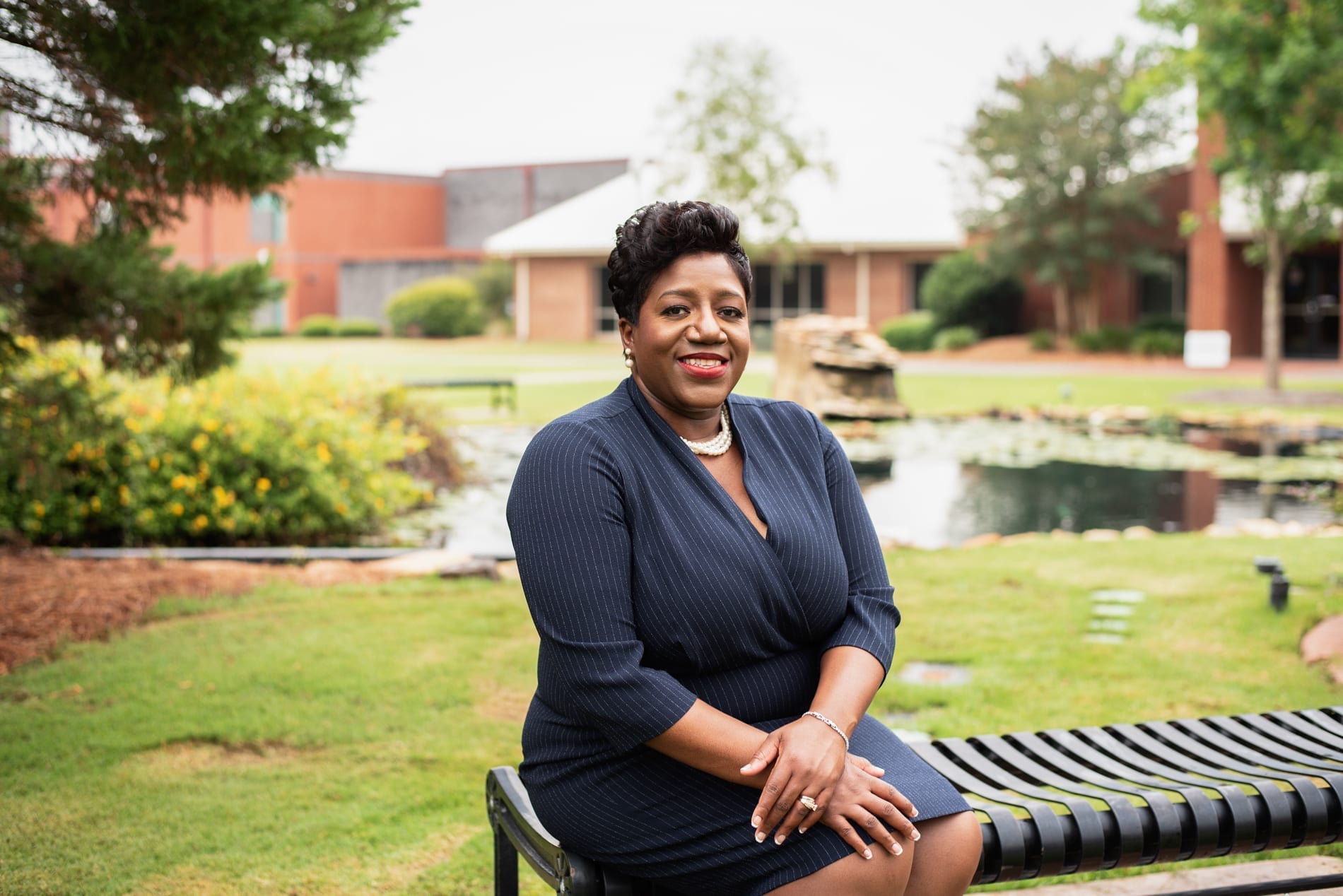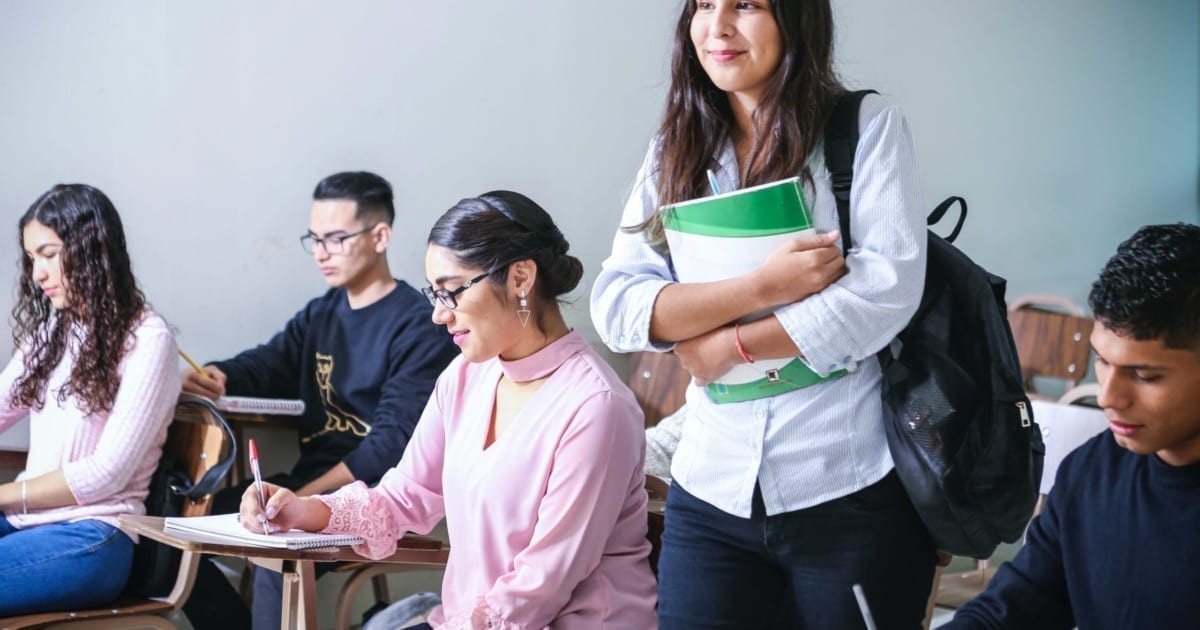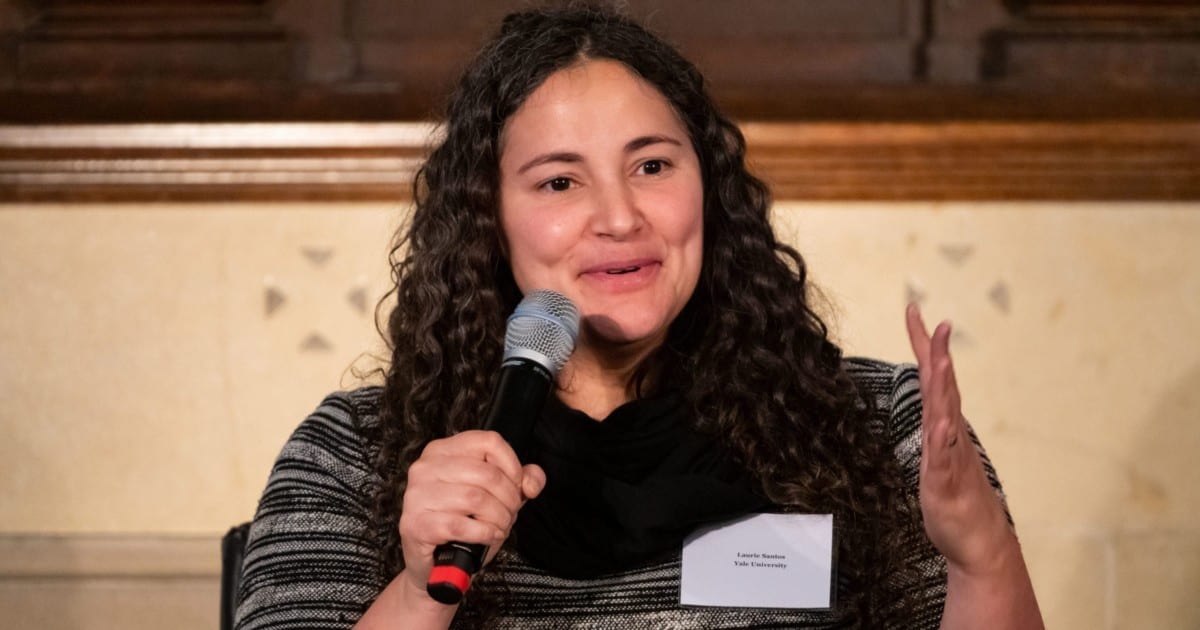In talking with President Fedrick, you can’t help but feel that she is the right person for the right job at the right time because of her passion, tenacity, and experience. At a minimum, you are cheering her on, given all Fedrick hopes to accomplish at Albany State University (ASU), a historically black university (HBCU) in rural Georgia.
Fedrick calls herself an unlikely president who came to the leadership position from her role overseeing the transition of former president Dr. Art Dunning. ASU had also just completed a consolidation with Darton State College, a two-year institution in the same area.
As a former vice chancellor for the University System of Georgia, Fedrick’s background is in administration and negotiations, skills that are transferrable to her role as president. It is her belief in ASU’s potential that inspired her to go from “interim” to “permanent” president in 2018. “I fell in love with Albany State,” she said as she talked about the school’s “access mission” and its dedicated and determined students.
The institution now enrolls approximately 6,000 students – 65% of whom are Pell Grant-eligible – who pursue associate (two-year), bachelor (four-year), and professional degrees. A Pell Grant recipient herself, Fedrick worked two full-time jobs while earning her degrees at the University of Georgia – an outcome assumed in a family with high expectations. Her experiences drive her leadership of the school’s student success initiatives, which acknowledge the challenges faced and overcome by first-generation students and students from low-income communities while providing a successful pathway to graduation.
When asked about the most significant barriers to success in college, Fedrick puts maintaining robust mental health right up there with financial factors. She is tackling student mental health head-on, both at Albany State and as a leader in the University System of Georgia’s system-wide task force that is examining the issue across all 26 state institutions. Fedrick worries about the enormity of the problem for her students and is candid about not having all the answers – or the resources. It is clear from our conversation that she is aggressively pursuing both.
We spoke by phone in February.
Mary Christie Quarterly: You’ve been president of Albany State for two years. How did you come to this position?
Marion Ross Fedrick: I genuinely believe it was destiny. My exposure to and love for Albany State began during my interaction with it, and the other 25 institutions, in my position as the Vice Chancellor of Human Resources for the University System of Georgia. While there, I was intricately involved with every campus, every president, and most of the decisions that impacted the University System.
As vice chancellor, I often assisted ASU with organizational, strategic, and governance support. Two years ago, when the former president, Dr. Art Dunning, decided to retire, I was asked to lead the transition team, which was both a challenging and rewarding endeavor. Albany State University and Darton State College had recently become one university through a consolidation effort, and now the faculty, staff, and students were beginning to connect as one school. After the president’s transition, I intended to return to the university system, but there was a different plan on the horizon. I accepted the role of the interim president, which eventually led to the position of president.
Every step of my career was bringing me closer to the university and the university closer to my vision of an institution that would thrive after the consolidation, increase enrollment and graduation rates, and improve the student experience. The students, faculty, and staff are phenomenal.
I felt a connection to Albany State and all that it has to offer. When you engage with our scholars and experience the kind of desire that they have to be successful, you just want to be part of it; it’s contagious!
MCQ: How has the consolidation changed Albany State?
MRF: The consolidation was another turning point in the story of the institution’s 100+ year evolution. The consolidation has brought about positive changes, including an increase in enrollment, an expansion of our academic portfolio, and we now offer a broader spectrum of degrees, including associates, bachelors, masters, and a specialist degree. Also, the changes have earned us a spot as one of the largest HBCU’s in the country, and the ability to honor both ASU’s and the former Darton’s missions under one roof.
The consolidation also brought to the forefront the same challenges that other consolidations in the University System highlighted. There is that phase where the two institutions still want to work under their old policies, and individuals are positioning themselves for leading positions. Everyone is trying to figure out where they fit in this construct of a new institution. Change is difficult and often unwelcome. Even today, our institution is still learning who we are under this new university, but we are well on our way to figuring out who we want to be in the future. We are now positioned to take the next step forward in our journey of discovery.
One of the most significant benefits of consolidation is our ability to identify, support and create, an early pathway for students who start as part of the two-year track with the desire to obtain a four-year degree. Our “Pathways to Success” program helps them successfully make the transition.
Additionally, as one institution, the disconnect between the former university (ASU) and the college (Darton) is less apparent. The two schools, just physically 4.5 miles apart, tended to function separately and not in support of the transferring students or the community.
As a result, there was a disconnect in the support for students. Students historically transferred from Darton to ASU, but without the needed support to be successful, which impacted the students’ ability to obtain a four-year degree. That’s what we’re doing here. That no longer is an issue. We now want to attract those students who come to us under the two-year umbrella and immediately let them know, “If you want a four-degree, here is your pathway.”
MCQ: What kind of support goes into that?
MRF: We are continually reevaluating our student success program to support the academic and social success of our students. Approximately two-thirds of our student population is Pell Grant eligible students, and many are first-generation scholars. We also have an access mission, which means we provide extra support for these students to ensure they have the resources to be successful in their freshman year, which improves retention and graduation. Albany State University is a university where you can be comfortable with who you are, and you don’t have to make excuses for what you have or don’t have. You can unapologetically be you. We eagerly accept students to our access programs – meaning their standardized test scores are lower than the prerequisite – and admit them to general associate degrees and invite them to participate in our “Summer Success Academy.”
The Academy immediately indoctrinates them into how and what it means to be a college student. They get individualized study skills and learning style assessments. We want to know how each student learns so that we can provide support for their learning styles. We want them to be very clear about what motivates them. We have academic skills workshops – that include but are not limited to time management, note-taking skills, how to engage with your professors, how to have difficult conversations. We want them to also begin considering their career options as soon as they start working towards their degree.
MCQ: How important do you think mentoring programs are for your students?
MRF: Mentoring is essential and, indeed, has been a big part of my success. As a president and African American female, I have benefited from strong mentoring relationships that have supported, coached, and sponsored me throughout my professional journey. Because I know the benefits of mentorship, it is a top priority for me to bring those same experiences to our students. We all bring a different lens to this conversation that deserves a voice. I look at it this way: without mentoring, you can easily get tripped up; you need people who can coach you, sponsor you – it can make or break students.
Mentors can provide examples of how to be successful in the board room and how to use networking to build professional relationships effectively. Mentors can explain to students the criticality of managing social media; students must understand that what you do today will be out there years from now, so be careful. We certainly do our part in the classroom to stress that point, but mentors have the ability to make such messaging resonate.
Mentoring also impacts what happens in the mental health space with students. Mentors give encouragement and act as sounding boards for our students. I want every student to have a mentor.
MCQ: What do you think are the most significant barriers to student success?
MRF: The majority of our students are academically strong, but they may struggle financially. This burden is ever-present before, during, and after they matriculate through college. I also consider the mental and emotional health of our students as a challenge for many. We are addressing this challenge by increasing student programming, encouraging students to get involved in different organizations, and supporting our counseling and disability services programs.
We also encourage students to take a fresh approach to support their mental health and we are starting to see a difference.
MCQ: What has been your experience here with addressing student mental health?
MRF: Student mental health is a pervasive problem nationwide, and working together with the entire University System, we are engaged in problem-solving. The students’ needs for mental health are quickly outpacing our ability to train and or hire counselors. It has forced us to be more creative and implement other solutions like partnering with community organizations, using technology, and group settings. Institutions will never buy their way to success in this area. We have to engage students and professionals to come up with a collective engaging answer to the problem.
We are also taking a holistic approach to ensure the entire campus – students, faculty, and staff – is healthy. We are new in the process of evaluating its effectiveness, but the engagement is promising. The buy-in from the students has been high. We are seeing students who want to help each other, and we have to model the behavior by providing the techniques to help them be successful. Sometimes, it is simple things like when I ask, “How’s your suitemate? Are they attending classes and engaging in campus activities? If so, how did they look?”
I want our students to know that it is okay to be intentional with your concerns for others. It is critical to check on each other.
MCQ: How is addressing mental health different at a school like Albany State?
MRF: There is a stigma in our community about mental health and asking for help, and the impact of stress is real. For that reason, the stigma is more prevalent among our students, which means the resources required to service them have to be more advanced and intense than in other institutions.
For example, in the black community, people are expected to work out their problems without engaging others. It is part of the culture. Some don’t fully trust the healthcare systems. Because of the cost of healthcare, even with multiple incomes, families can’t afford to purchase adequate coverage, so students do not have experience with using insurance. Sometimes, the emergency room becomes the safety net for health care. Instead of preventive care, some students are trained to wait until there is an emergency to seek help.
The other dynamic is that we have a lot of first-generation students at ASU. Often, these students stress about disappointing their families or other relatives who have invested in their college education. Some students question their worthiness while others remain tethered to home for support or other reasons.
ASU enhances the student’s support system at home, and in the absence of support systems at home, we become their support system. It isn’t always finances that the student needs, sometimes it is an encouraging word, reminding them they are worthy, and we are here to support them regardless of the challenges they are facing. We owe them the opportunity to succeed.
MCQ: What is the president’s role in addressing student mental health?
MRF: As the president, working with the faculty and staff, you set the tone and priorities for the campus. I have laid the foundation, but there is still much more work to do. I often remind students of the importance of self-care via social media with a tweet about self-care and peer care such as: “Take care of yourself and others.”
I know once that message is there, others will become engaged. One challenge is having the resources ready and the plan in place for everyone to participate.
MCQ: What do you hope comes out of the Task Force work?
MRF: First of all, I am grateful that the Chancellor’s office and the Board of Regents decided to apply a holistic approach to student mental health and have made mental health a priority. In the absence of that level of commitment, every campus would continue to struggle without resources or support.
It also opens the door to how we can collectively find solutions that would help our entire student population. Our focus has been on the students.
Our goal is to have a final report in May. We will be making a host of recommendations to our University System. Among the advice may be to extend the task force timeline because there is much work to do. There is a baseline of support that I believe the University System of Georgia should have in place being the fourth largest university system in the country – some basic things we should make sure everyone in our institution has access to and is required to do.
MCQ: Where do you want Albany State to be in five years?
MRF: I have big goals and dreams for Albany State: enrollment will continue to improve; student success (retention and graduation) to be high; faculty and staff to remain engaged with the university that they have helped to frame; to be the healthiest campus in the nation both physically and mentally.
To achieve these goals, we must be strategic, tenacious, and intentional in our actions. Now more than ever, with the ever-changing landscape of higher education.




